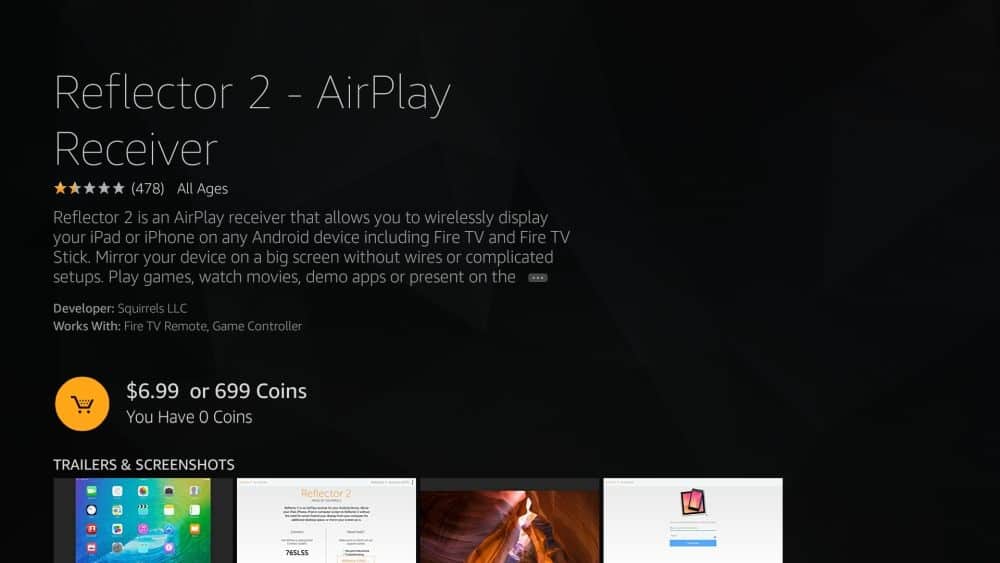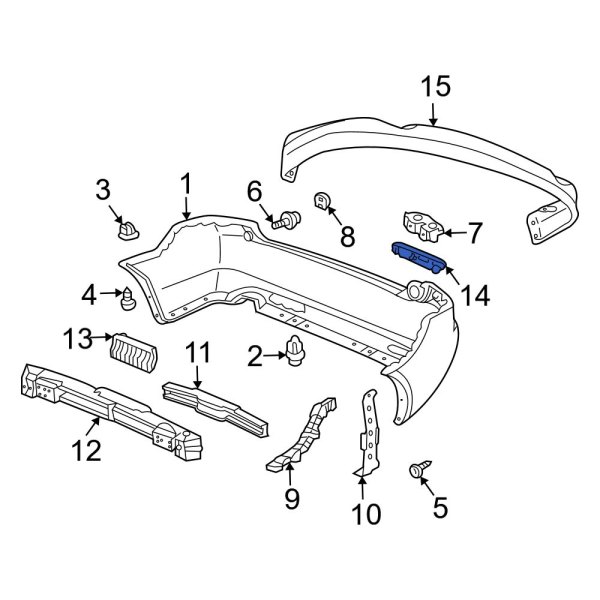

Bright colours would be quite distracting and risky as they might create a colour cast from the light reflected from the photographer’s clothing and onto the subject. Photographers should wear something neutral in colour. It ensures all things are covered, and it will save you a heck amount of time and peace of mind! Dress Appropriately Having a photography shoot list is a great tool between yourself and the client. Research about who is at the event, what the event is about, when particular activities are happening during the event and where specific activities are held, so you don’t miss out important moments.

Here are some points to consider before you take photos for the upcoming event. Take this time as an advantage to understand your surroundings.
REFLECTOR 2 TAKING FOREVER HOW TO
Preparationīefore we get into how to improve your event photography, preparation logistics will save you heaps of time and help identify critical flaws and errors. It requires you to be constantly aware of your surroundings and take decent photographs without disturbing the guests.īelow are seven tips on how to prepare and execute the photography for your next event. Quite simply, preparation and prior photography experience are highly recommended. This can allow you to recognize points for improvement and work on them.Photographing events can be a real challenge. It can be useful to take these reflections for peer or senior review: others may be able to draw light on things you have not noticed. Reflect on situations that you have witnessed to work out why things happened as they did, and how this can influence you.

Remember: you do not always have to learn only from your own experience learn from others’ mistakes as well. If you try this for a week you will begin to see similar situations arising and how your reflective practice is positively affecting you. Later in the day try mentally reflecting, following this framework, and if you think any will be particularly useful to you write them down. Over the next day take note of any interesting situations that arise. How to make the best use of reflective practiceĪs mentioned previously most people see reflective practice as a tick box exercise, but it does not have to be. By reflection you will develop your skills in self-directed learning, improve motivation, and improve the quality of care you are able to provide. Would you remember a generic case from a book? Would hanging all of those facts on a patient you have met make it more memorable? It allows you to recognize your own strengths and weakness, and use this to guide on-going learning. With a bit of thought reflections can be a very useful tool in learning.

Hence, it is a good idea to get it right from the beginning.įirst and foremost the biggest mistake you can make when reflecting is to treat it as a tick box exercise and a waste of time.
REFLECTOR 2 TAKING FOREVER PROFESSIONAL
It is now expected to provide evidence of your reflections through your training on the ePortfolio and then throughout the rest of your professional life in revalidation. In medicine it is one of the best approaches to convert theoretical knowledge into practice.Īs you progress through medical school and into foundation years as a doctor it becomes even more common. For example after tasting a food you do not like, you remember that experience, think about it, and when you next see that same food you know to avoid it. However, what you may not have considered is that you have been subconsciously reflecting your whole life: thinking about and learning from past experiences to avoid things that did not work and to repeat things that did. This may be reflecting on a patient case, or an elective, or other experience. Reflective practice is something most people first formally encounter at university.


 0 kommentar(er)
0 kommentar(er)
